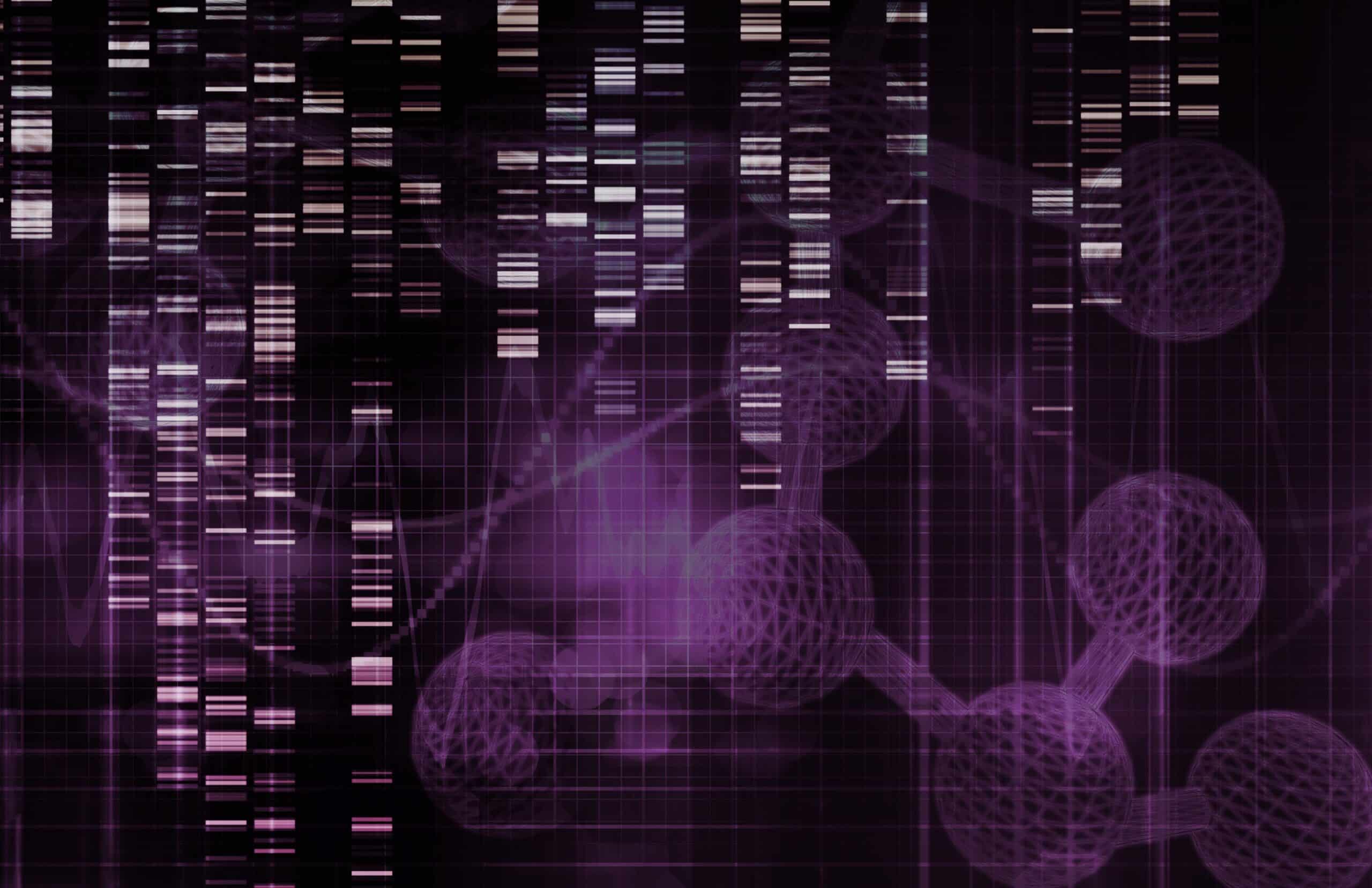Scientist supported by the National Institutes of Health are developing great understandings about the basic biology of stem cells, and pinpointing unique properties and properties of each type such as: embryonic stem cells can become almost any cells; adult stems cells can become specialized tissue or organ cells; and induced pluripotent stem cells are mature cells that are reprogrammed to act like embryonic ones. Many findings illustrate the substantial strides made in gaining understandings of all the stem cell characters and their future fates.
University of California researchers discovered proteins mark genes early on during the pluripotent stage when cells have the potential for a wide range of functions. Stem cell ability to differentiate into different roles is now thought to possibly depend on these markings, these insights may help to better understand the nature of pluripotency and make sure stem cells are fully functional and competent to fulfill the desired role being tested for.
All stem cells do not start out the same: Brown University researchers determined the physical properties of stem cells can predict the type of tissue for which the cells are most suited for, finding bone cells were best developed from stiff stem cells; fat can more easily form from soft stem cells; and cartilage cells are best created from those stem cells with high viscosity or resistance to tensile stress. Researchers envision stem cell retrieval, sorting, and therapy being able to occur in the same procedure such as surgery repairing a bone could remove fat from the patient to choose the stiffest stem cells to inject at the site.
Coaxing stem cells to form only the type of cells that are needed have helped scientists to learn that it takes the right formula, such as McEwen Centre for Regenerative Medicine researchers creating a mixture of nutrients and proteins that spurred human embryonic stem cells to become heart progenitor cells which grew into the 3 different types that make up functioning heart muscle. Their work has advanced understandings of how the heart develops and moves scientists one step closer to creating heart tissue for therapeutic purposes and opportunity to test treatments in a lab dish.
University of North Carolina researchers have described how embryonic stem cells kill themselves off to prevent damage from spreading as the cells divide with their active version of Bax proteins that shuts the cells down by communicating with other key proteins. This protein is stored in the Golgi apparatus to prevent accidental cell suicide where it is less likely to interact. This understanding may lead to development of stem cell therapies to replace cells lost in conditions such as Parkinson’s disease.
Researchers have developed methods to reprogram adult cells, when this is done with cells from those with a disease induced pluripotent stem cells are used to study its condition and test potential treatments. Mt. Sinai researchers have extracted skin cells from patients with genetic disorders associated with cardiomyopathy and found that when stem cells were generated from these skin samples those cells went on to becomes diseased heart cells. Further study is planned to determine why these heart cells grow so big and to develop intervention to target the growth where it starts.




